When prices are climbing faster than sourdough starters in 2020, it’s a relief to know some foods still won’t torch your grocery budget.
In a world of tariffs and inflation drama, these 10 surprising staples stand strong—delicious, dependable, and kind to your wallet.
1. Potatoes
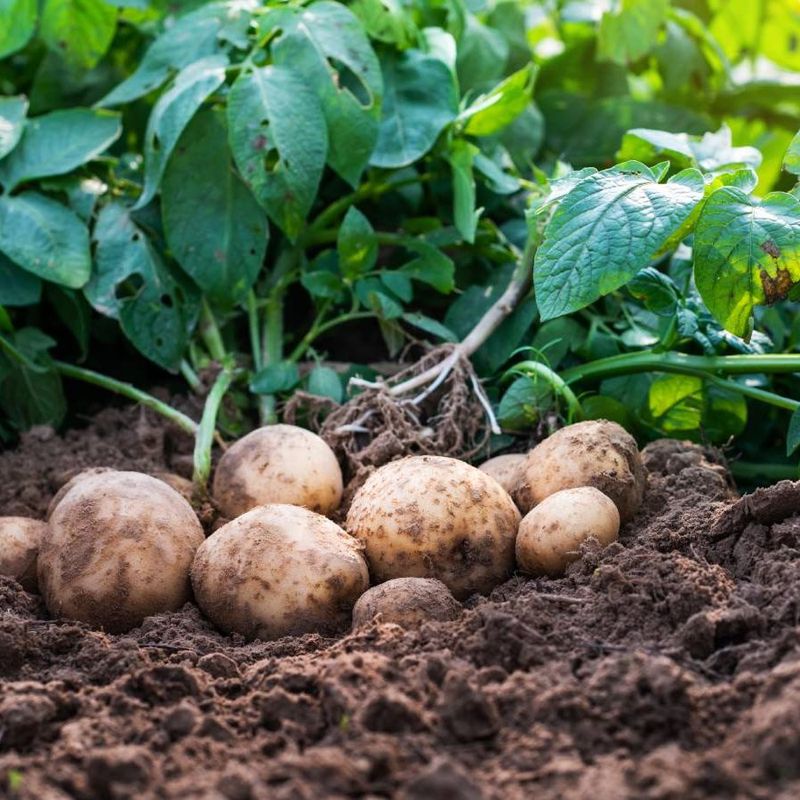
Potatoes, the beloved starchy staple, are grown in abundance across the U.S. Their resilience to price hikes stems from their local cultivation.
Rich in nutrients, they are a versatile ingredient in countless dishes. Whether mashed, baked, or fried, their comforting presence in meals remains steadfast. The U.S. produces a huge variety, keeping dinner tables stocked and wallets happy.
2. Cabbage
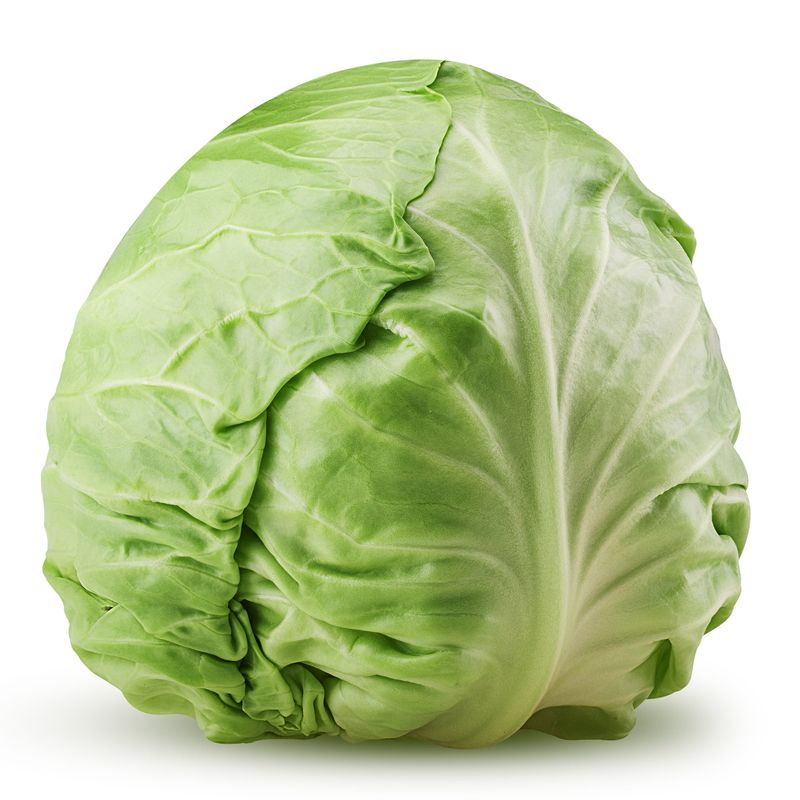
A robust vegetable with a long history in many different cuisines is cabbage. Because it is farmed locally throughout the nation, it is immune to changes in tariffs.
This vitamin-rich cruciferous powerhouse is also reasonably priced. You can ferment it to make sauerkraut or cut it into slaws. It is a kitchen essential due to its affordability and adaptability.
3. Popcorn Kernels
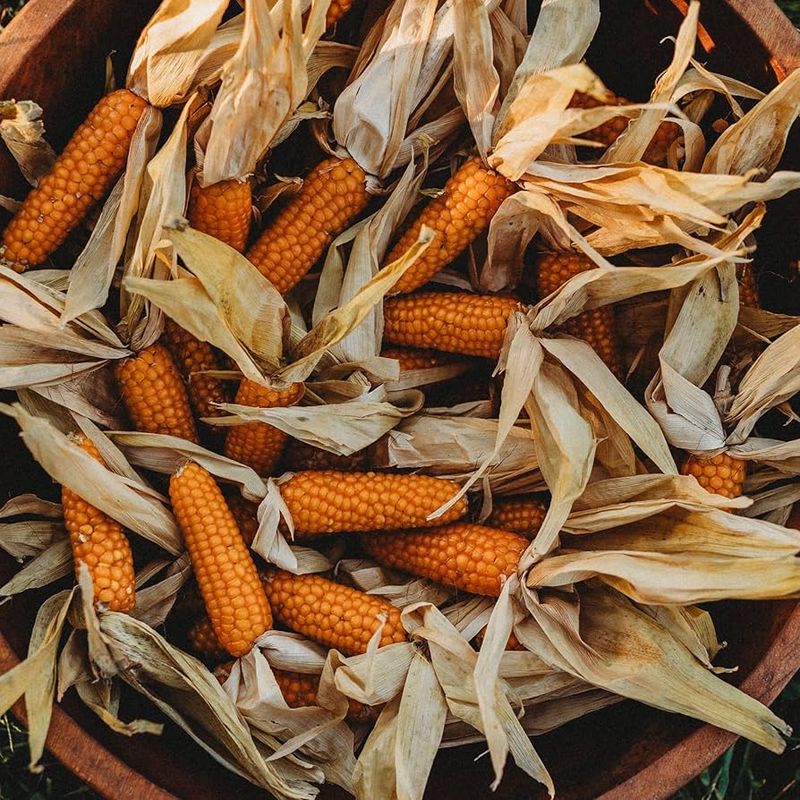
The roots of popcorn kernels, a popular snack, are firmly rooted in maize that is farmed domestically. Popcorn is a popular delicacy because of its low cost and countless flavor options. Sprinkled with seasonings or tossed with butter, it always tastes great.
The thriving corn sector ensures that popcorn is still an affordable treat that’s ideal for midday munchies or movie evenings.
4. Eggs
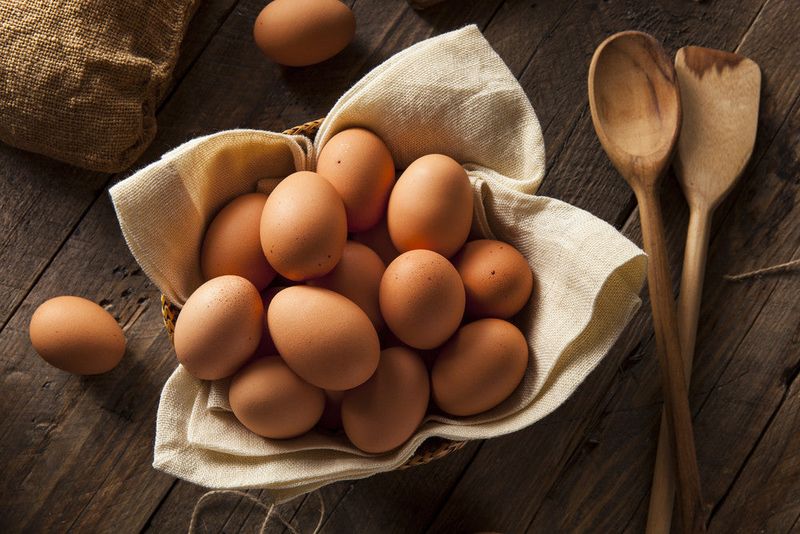
Eggs are a fundamental kitchen staple with versatile culinary uses. With U.S. egg production strong, prices remain stable. From breakfast scrambles to delicate pastries, eggs are essential.
Their role in providing high-quality protein at an affordable price cannot be overstated. Whether for baking or boiling, eggs are a reliable and budget-friendly choice, always ready to nourish.
5. Peanut Butter
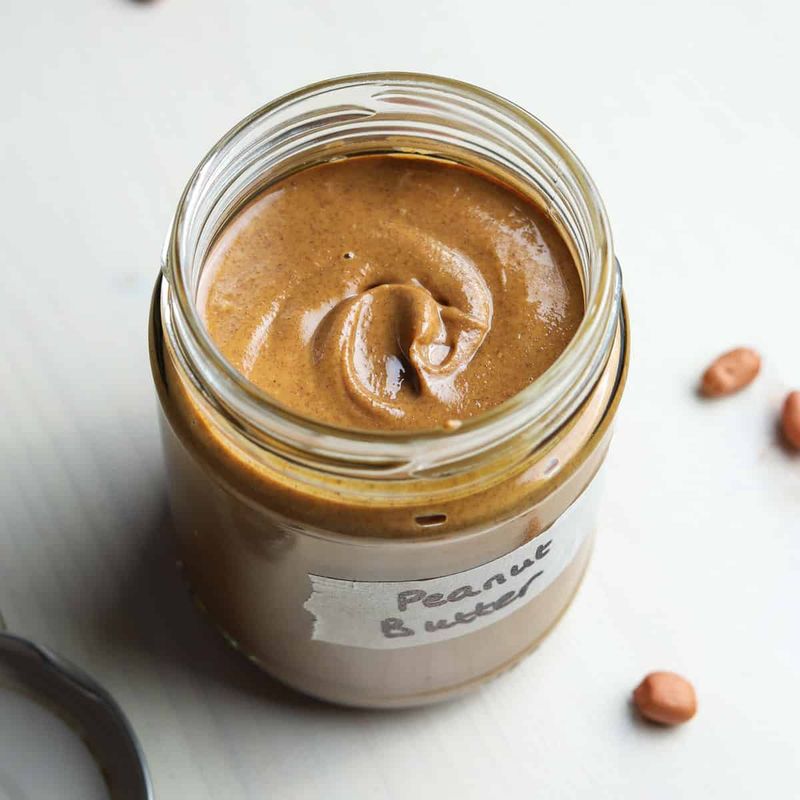
American-grown peanuts are used to make peanut butter, a classic pantry staple. It is a popular due to its steady affordability. Its versatility is unparalleled; you may use it to spread on toast or combine into smoothies. A wholesome option, it’s full of taste and protein.
The price of peanut butter stays constant despite changes in the economy, guaranteeing its place in people’s hearts and homes across the country.
6. Beans (Dried Or Canned)
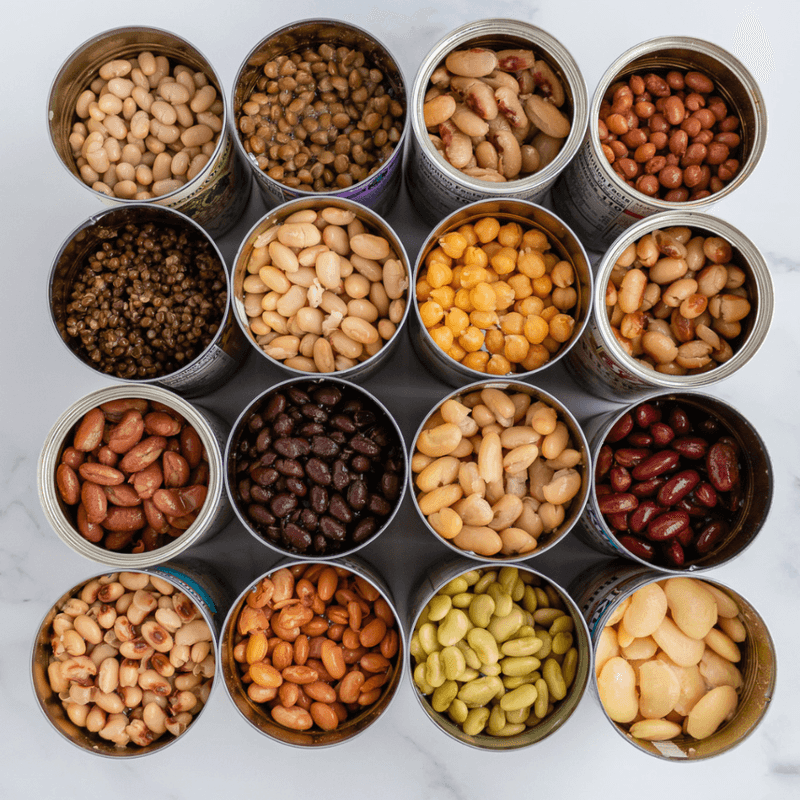
Beans, whether dried or canned, offer immense value and nutrition. Most beans are grown in the U.S., making them cost-effective.
High in fiber and protein, they are a versatile culinary component.
From hearty soups to vibrant salads, beans adapt to any flavor profile. Their role in maintaining affordability while delivering nutrition is unparalleled, keeping them a pantry essential.
7. Bananas
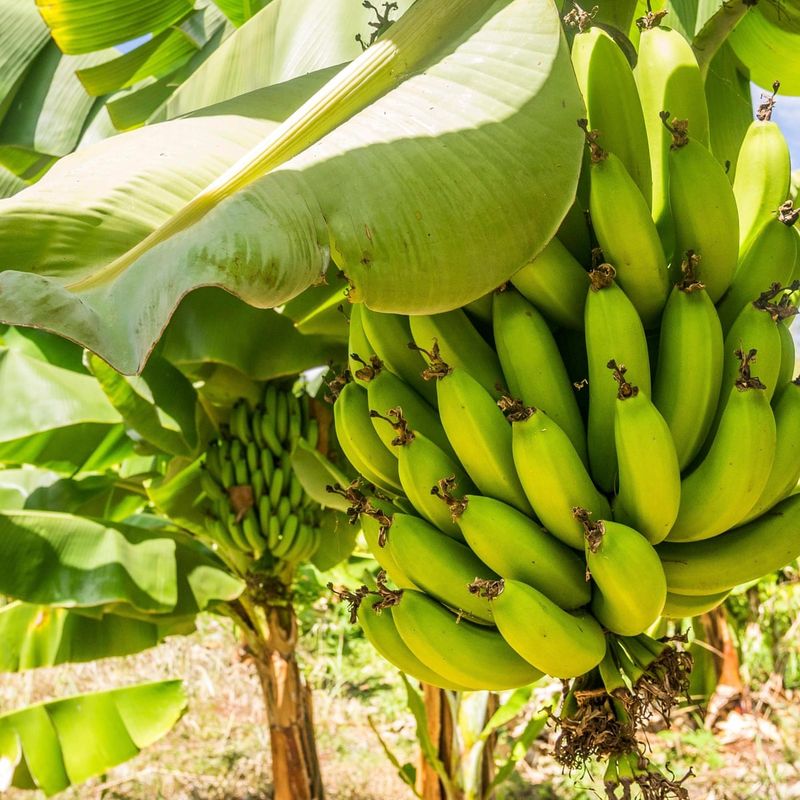
A convenient fruit that is unaffected by tariffs, bananas are frequently imported from nations like Ecuador. They are a family favorite because of their sweet taste and mobility.
Bananas are still a cheap staple and are perfect for quick breakfasts or as a snack on the run. Because of their consistent costs and broad accessibility, they are always affordable and provide a little bit of the tropics to daily life.
8. Oats
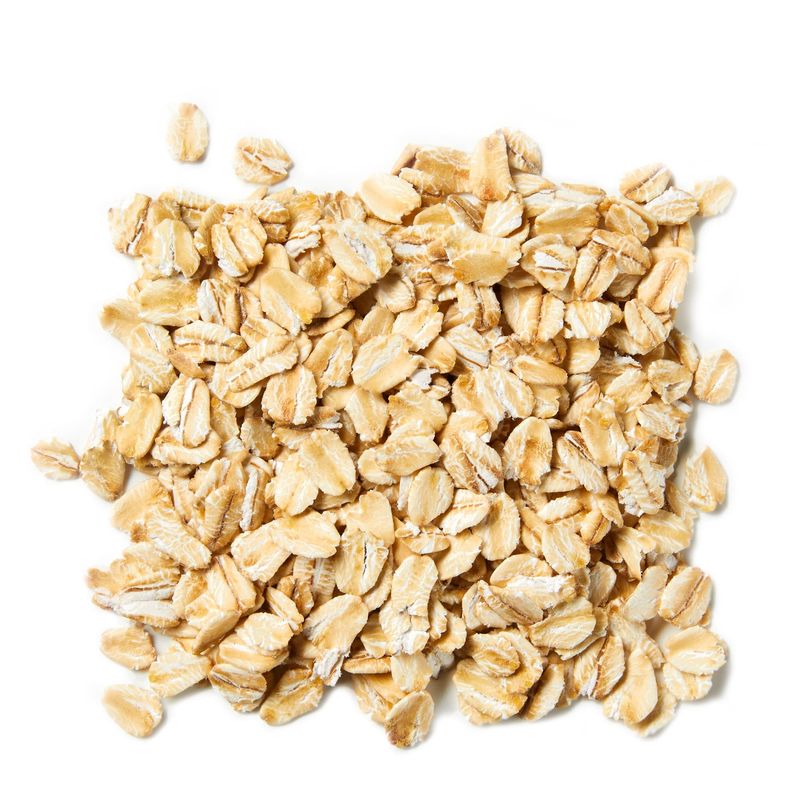
North America is where most oats, a popular breakfast food, are farmed. Oats are well-known for their heart-healthy qualities and provide a satisfying start to the day. They offer nutrients and energy, whether they are baked into cookies or added to a warm cup of oatmeal.
Their steady presence in meals is ensured by their local sourcing and regular cost, which protect them from price fluctuations.
9. Pasta

Pasta, a pantry hero, often uses U.S.-milled wheat, supporting domestic production. Its ability to create satisfying meals at a low cost is unrivaled. From elegant dinners to simple lunches, pasta adapts seamlessly.
Whether twirled with sauce or tossed with veggies, it ensures affordability without sacrificing taste. Its enduring presence in kitchens highlights its culinary versatility.
10. Carrots
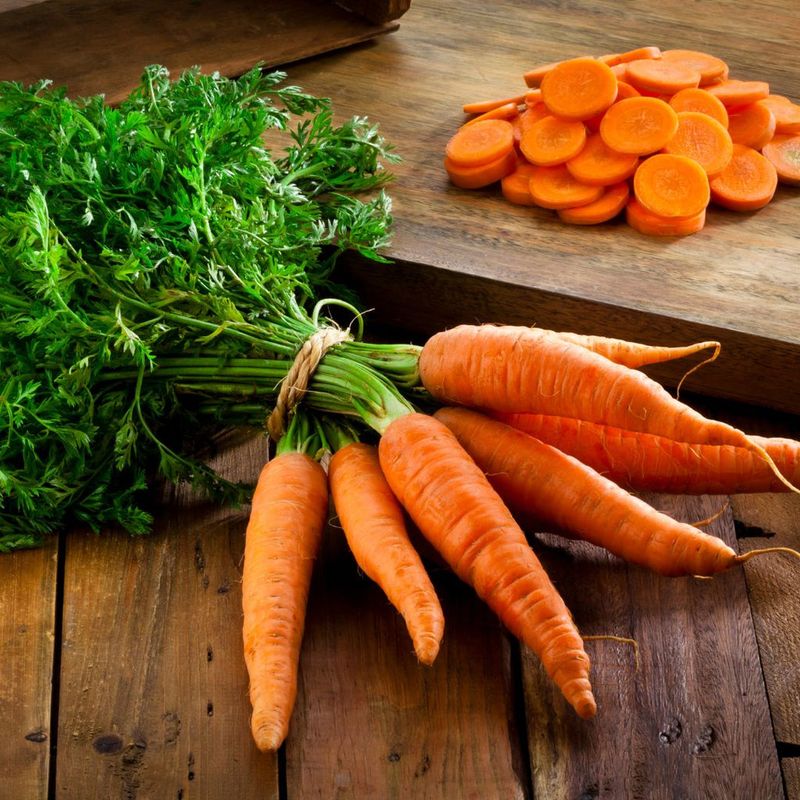
The brightly colored and crunchy carrots come from nearby farms. Despite outside economic factors, they are still affordable and simple to cultivate and harvest.
Rich in vital nutrients, they are ideal for cooking or eating. They are a versatile item because they may be used in a variety of recipes, such as salads and stews. Carrots are a staple food because of their low cost and high nutritional value.

